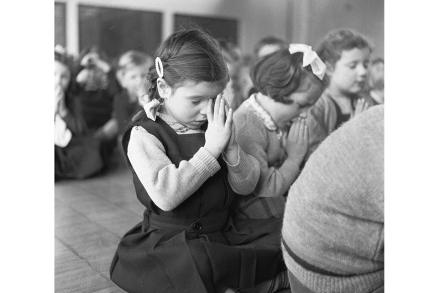Religious schools will be hit hardest by Labour’s VAT tax raid
Imagine the government pledged to introduce a 20 per cent tax rise on ‘bankers’. Then imagine that, when the details were announced, the new tax made no distinction between HSBC executives and lowly bank tellers on £19,000 a year. Furthermore, imagine that the public debate failed to mention the people who were going to suffer most from the policy; that commentators argued over whether the tax rise was technically workable, while ministers self-righteously declared that they were sure the richest people in the country could cope with paying a little more. Far-fetched? Yes, but not a million miles from Labour’s proposed imposition of VAT and business rates on independent schools.





















